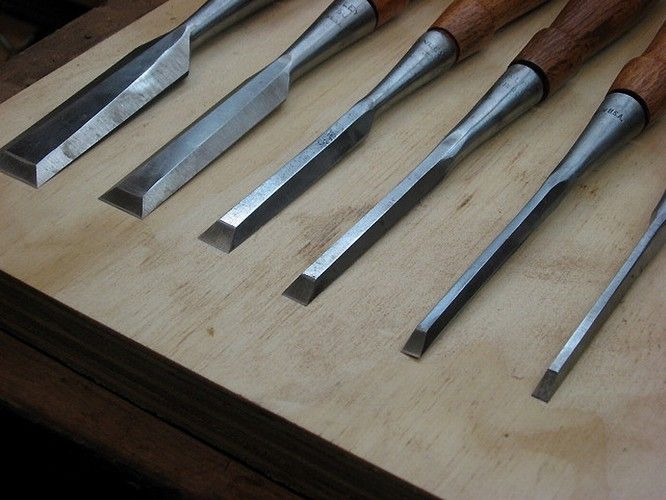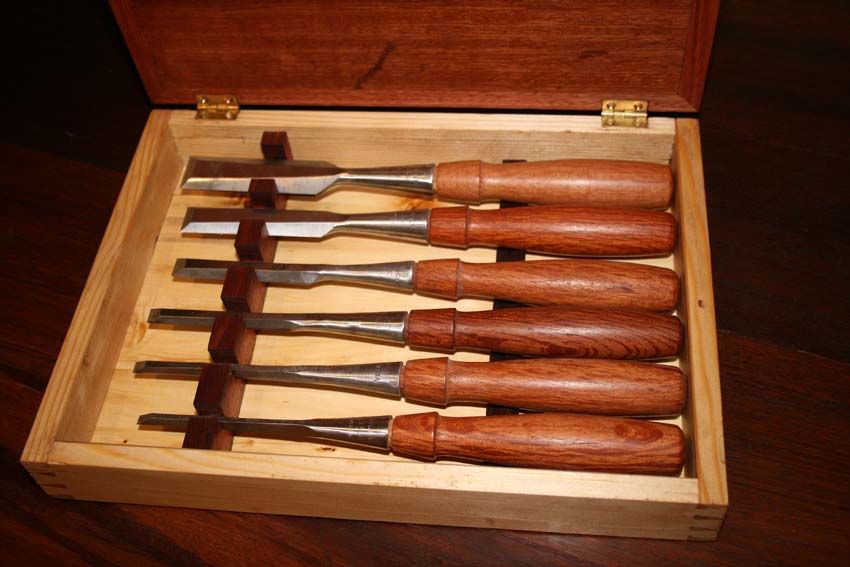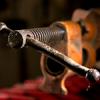I have a full set of the modern Stanley 750s. The lands are not particularly small. They may be slightly smaller than my Marples. I really like the 750s. In part, I like the size and shape of the handle. I find them very comfortable with excellent balance. I use these for chopping mortises as well as dovetails and anything else a chisel does.
For thin lands, you might take a look at the Ashley Iles chisels. They're not overly costly and have thin lands. They make a half round "dovetail" chisel set but I've never talked to anyone who uses those. The MK2 are the set I considered.
I've not had an issue using the 750s for any dovetails I've tried. Never really had trouble with the Marples either.
My biggest issue is 1/8" is too small and 1/4" is too big  It seems that I constantly need a 3/16" chisel for thin pins but don't have one.
It seems that I constantly need a 3/16" chisel for thin pins but don't have one.
-- Dan Rode
"We are what we repeatedly do. Excellence, then, is not an act, but a habit." - Aristotle





 Reply With Quote
Reply With Quote








 It seems that I constantly need a 3/16" chisel for thin pins but don't have one.
It seems that I constantly need a 3/16" chisel for thin pins but don't have one.



